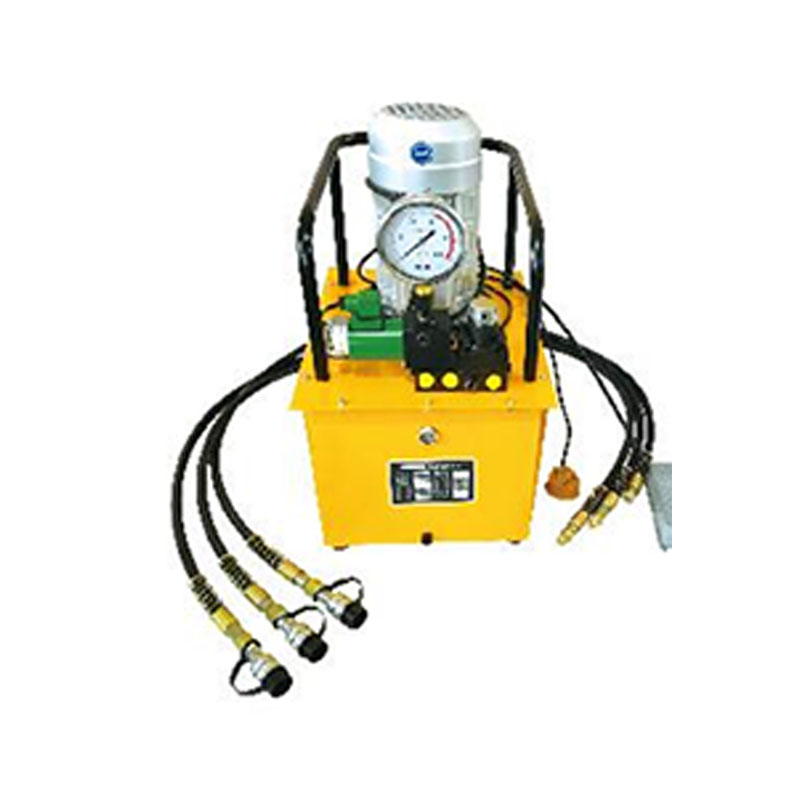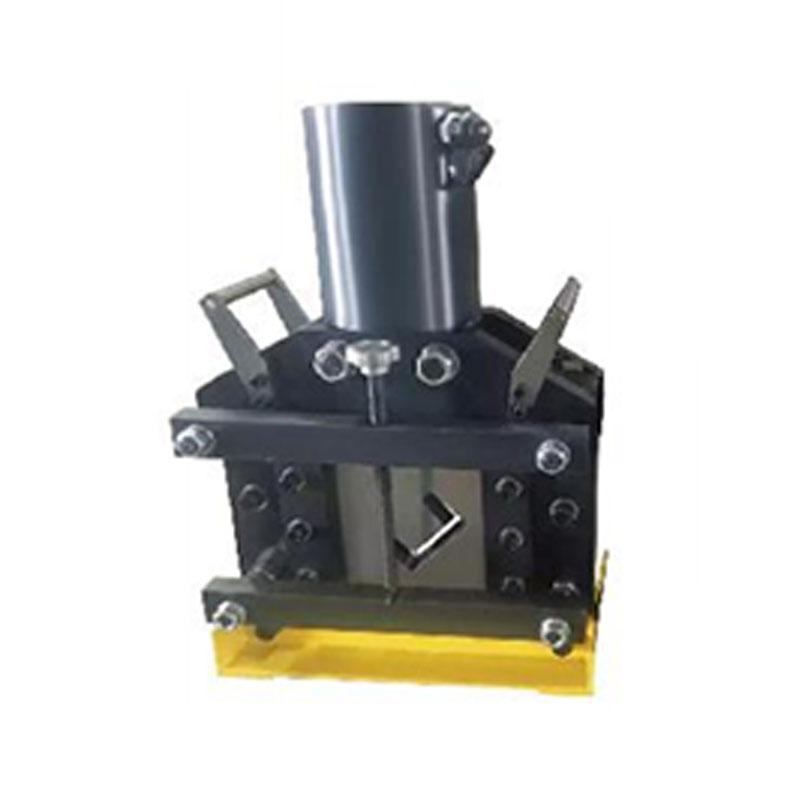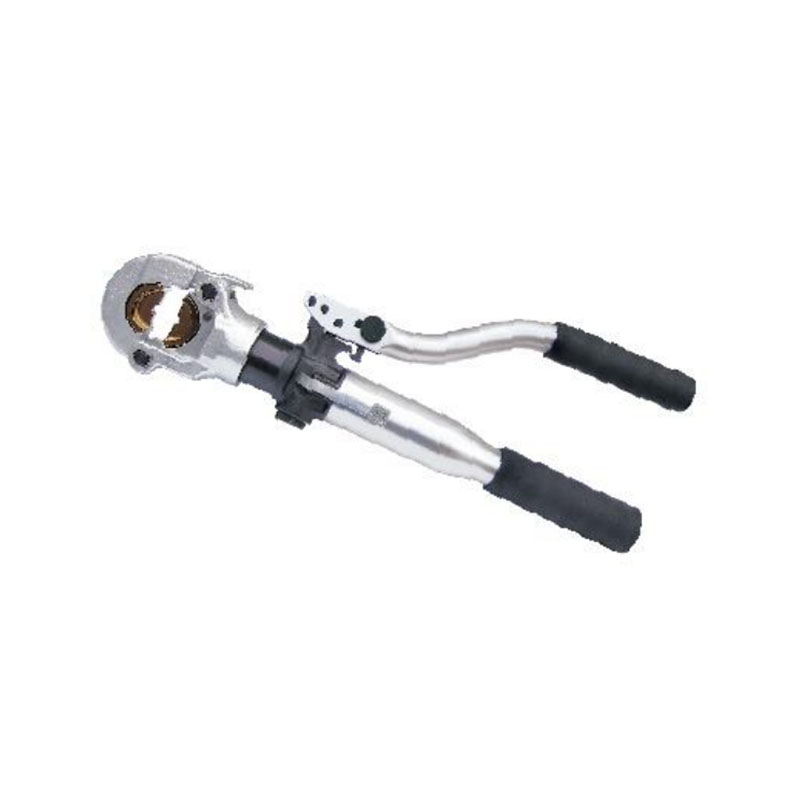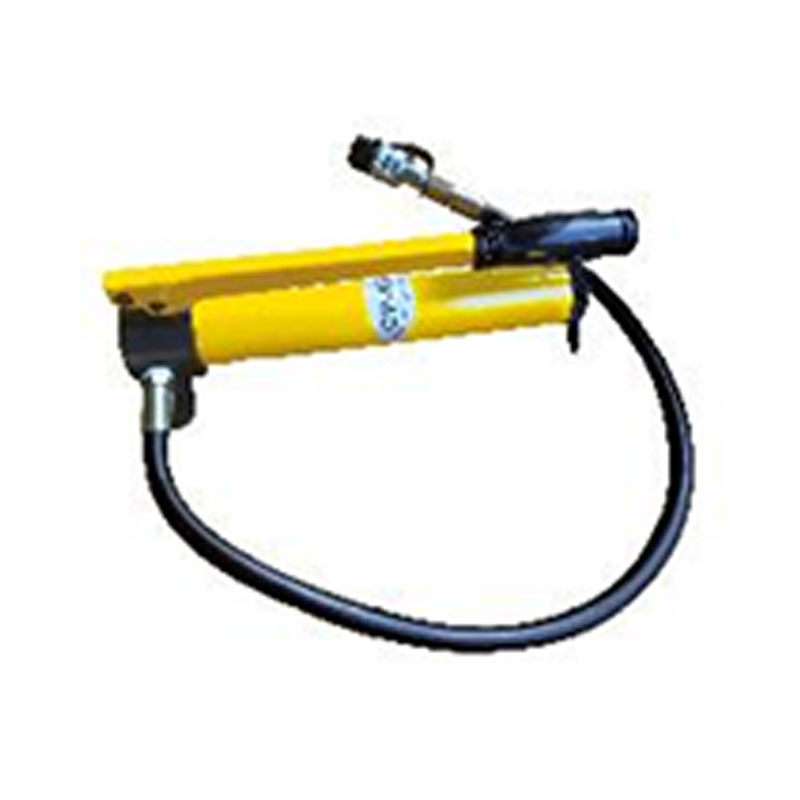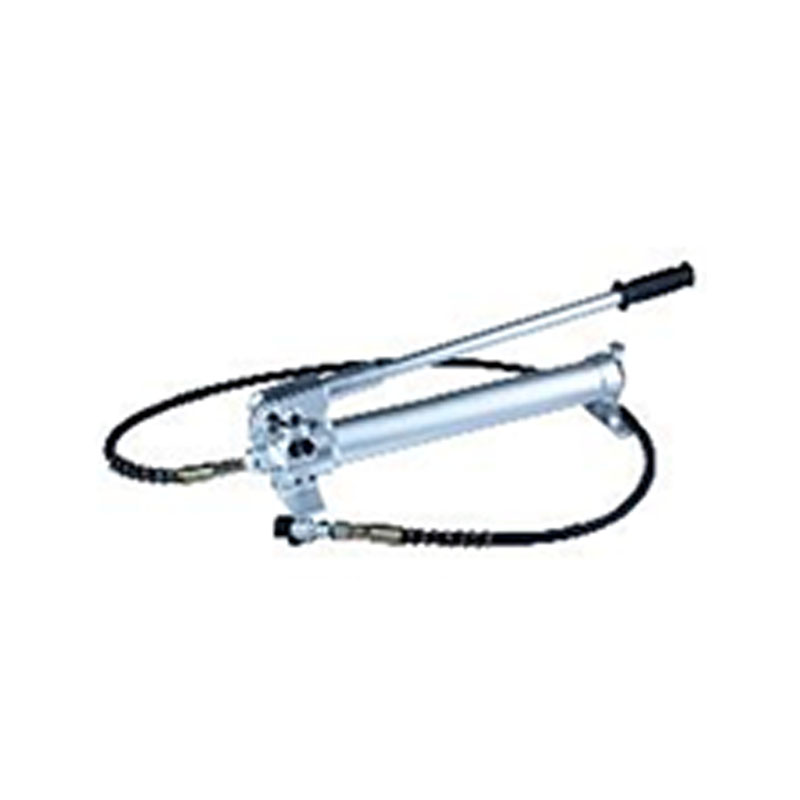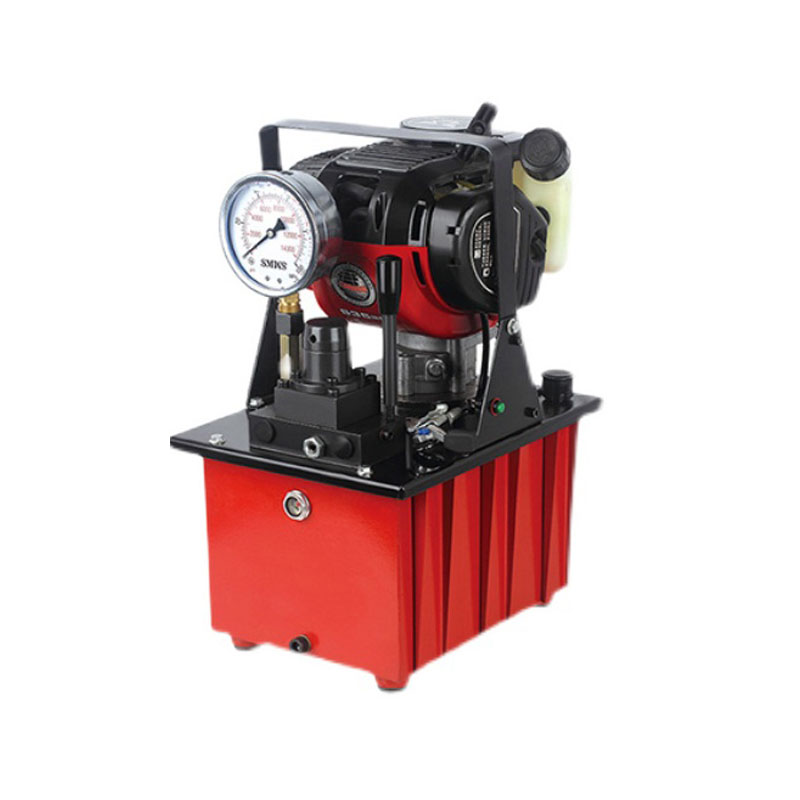SC-16 manual hydraulic steel bar shear, integrated steel bar cutting tool
 2024.09.27
2024.09.27
 Industry News
Industry News
Manual rebar cutter manufacturer and supplier in China
In construction, metal processing and other fields, manual rebar cutter is a common tool. It has been favored by many practitioners because of its easy operation and strong portability. Understanding the parameters of the manual rebar cutter and mastering the correct selection method are crucial to ensuring work efficiency and quality.
1. Parameters of manual rebar cutter
1. Cutting ability
This is important parameters of the manual rebar cutter. It is usually expressed by the diameter of the steel bar that can be cut, such as the steel bar with a diameter of 20 mm, 25 mm, 32 mm and other different specifications. The cutting ability directly determines the scope of application of the tool in practical applications. In general, the greater the cutting capacity, the thicker the rebar that the tool can handle, and the wider the application scenario.
2. Blade material
Blade is the key component of manual rebar cutter, and its material directly affects the service life and cutting effect of the tool. Common blade materials are high carbon steel, alloy steel and so on. High carbon steel blades have high hardness and strength, can withstand greater pressure, but relatively brittle, easy to break. Alloy steel blades combine the characteristics of a variety of metals, with better toughness and wear resistance, and longer service life.
3. Operating power
The operation of the manual rebar cutter requires a certain force, and the size of this force is the operating force. The size of the operating force is related to the design of the tool, cutting ability and other factors. Generally speaking, the smaller the operating force, the easier it is to use. However, too little operating force may also mean that the cutting ability of the tool is weak or the structure is not strong enough.
4. Size and weight
The size and weight of the manual steel bar cutter are also parameters that need to be considered. For users who need to carry and move frequently, small and lightweight tools are more convenient. Smaller tools can be used in narrow spaces, while lighter tools can reduce the user's labor intensity.
5. Appearance design
Although the appearance design is not the core parameter of the manual steel bar cutter, it also affects the user experience. A well-designed, aesthetically pleasing tool can improve the user's work enthusiasm and efficiency. For example, the shape and material of the handle should be ergonomic, comfortable to hold, and not easy to slip; the overall structure of the tool should be compact and easy to operate and store.
Second, how to choose a manual rebar cutter
1. Choose cutting ability according to work needs
First of all, determine the required cutting capacity according to your work needs. If you only occasionally carry out some small steel bar cutting work, then choose a tool with smaller cutting capacity; if you need to cut thick steel bars often, you need to choose a tool with a larger cutting capacity. At the same time, we should also consider the possible future work needs and reserve a certain margin.
2. Consider blade material and quality
The blade is the core component of the manual rebar cutter, and its quality is directly related to the service life and cutting effect of the tool. In the selection, to choose good material, high hardness, good wear resistance blade. You can understand the material and quality of the blade by looking at the product manual, consulting the manufacturer or other users.
3. Test the operating force
Before purchasing a manual steel bar cutter, you can personally test the operating force of the tool. Tools with excessive operating force will be more laborious to use and easily cause fatigue; tools with too little operating force may have problems with insufficient cutting ability or weak structure. Choosing tools with moderate operating force can improve work efficiency and reduce labor intensity.
4. Consider size and weight
If you often need to carry a manual steel bar cutter to different workplaces, then size and weight are important factors to consider. Choose small and lightweight tools can be easy to carry and operate, improve work efficiency. However, it is not possible to pursue lightness too much and ignore the quality and performance of the tool.
5. Focus on brand and after-sales service
Choosing a well-known brand of manual rebar cutter can ensure the quality and performance of the product. At the same time, but also pay attention to the manufacturer's after-sales service, including warranty period, maintenance services. Good after-sales service can provide users with more protection and reduce worries.
In short, the selection of manual rebar cutter needs to consider a number of parameters, according to their own work needs and actual situation to choose. Only by choosing the right tools can we improve our work efficiency and ensure the quality of our work.



 Español
Español русский
русский
